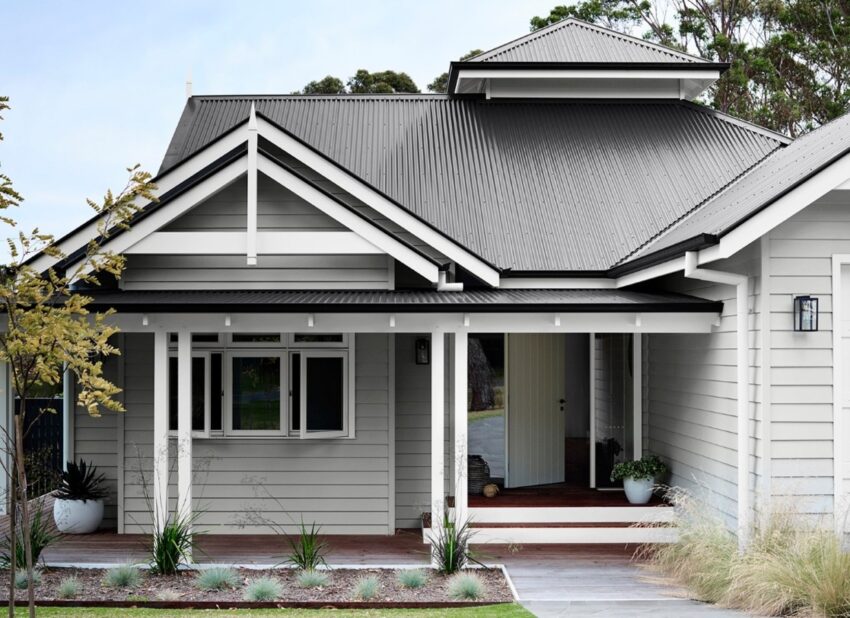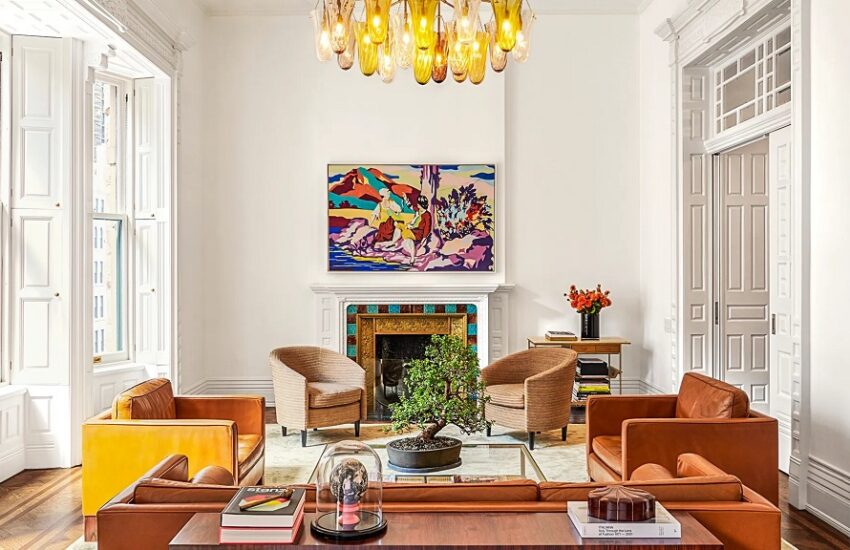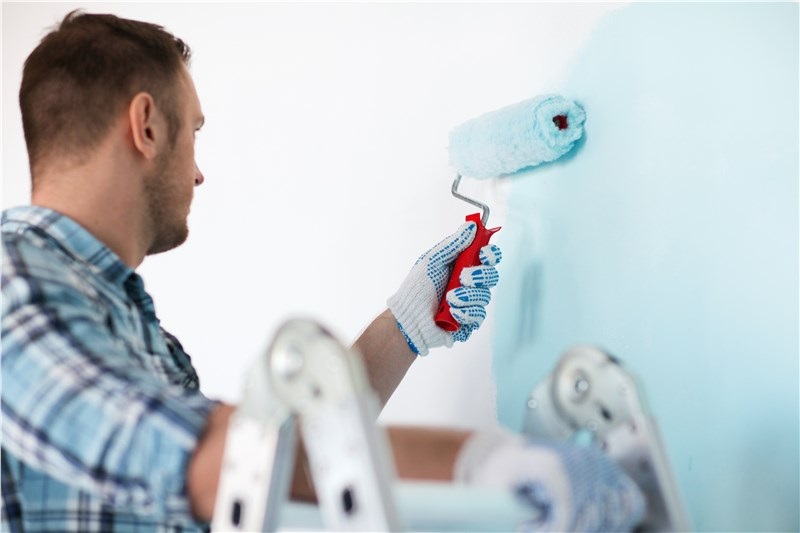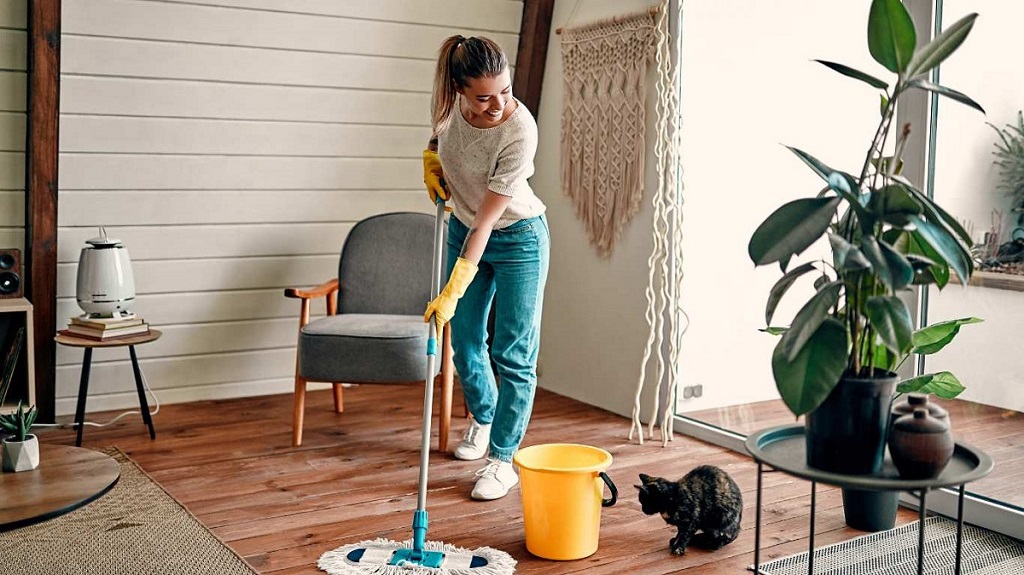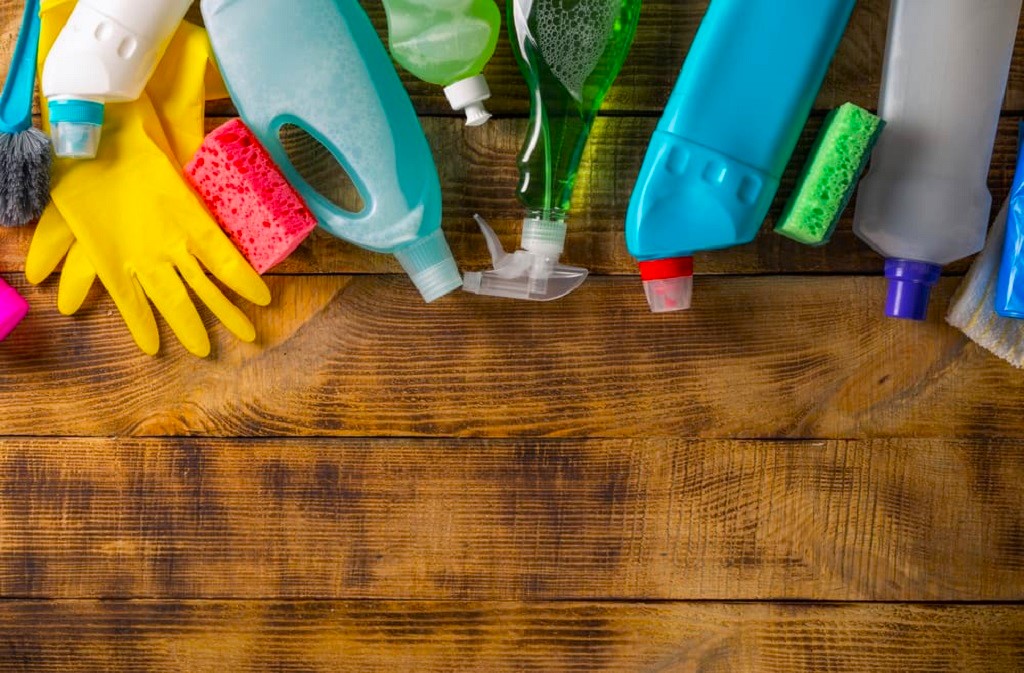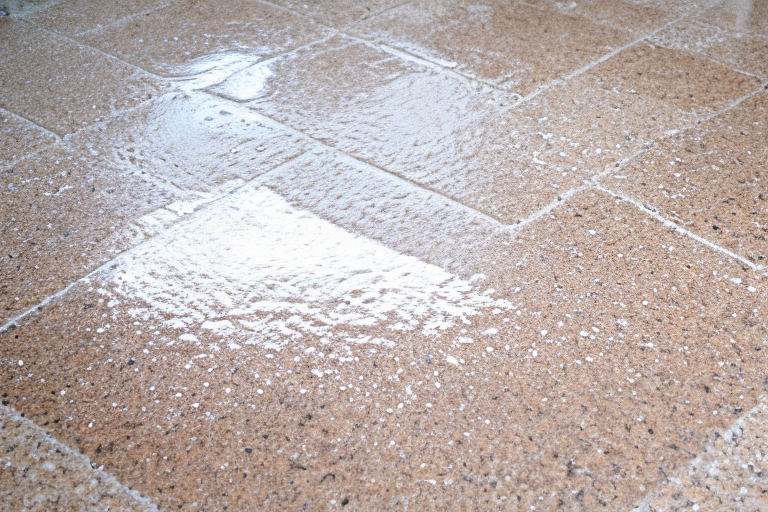Choosing the right color combination for your house exterior can significantly impact its overall look and appeal. With a variety of colors available, selecting the right ones can be overwhelming, especially if you want to keep things simple. In this article, we’ll provide you with tips and ideas for simple house outside color combinations that are sure to enhance your home’s exterior.
Why is Choosing the Right Exterior Color Combination Important?

Before we dive into the color combinations, it’s essential to understand why choosing the right exterior color combination is crucial. The exterior color of your home is the first thing people see when they visit your property. The right color combination can enhance your home’s curb appeal, making it more inviting, while the wrong colors can make it look unattractive, unwelcoming, or even boring.
Consider Your Surroundings
When selecting an exterior color combination, you should consider your surroundings. Take into account the neighborhood, landscape, and architectural style of your home. Your house’s exterior should complement your surroundings and make your home stand out without being too jarring or clashing with its environment.
Start With the Main Color
The main color is the dominant color of your home’s exterior, typically covering most of the siding or brickwork. When selecting a primary color, think about the atmosphere you want to create. Warmer colors like beige, cream, or light yellow can provide a cozy feel, while cooler colors like grey or blue can create a more contemporary vibe.
Accent Colors
Once you have a main color, it’s time to select accent colors. Accent colors are used to highlight architectural features, such as shutters, trim, doors, and windows. Darker accent colors, such as black or dark green, create a dramatic contrast with a lighter primary color, while a lighter accent color, such as white or light grey, provides a softer contrast.
Consider Your Roof
Your roof’s color should also be considered when selecting an exterior color combination. A roof’s color can account for up to 40% of your home’s visible exterior, so choosing the right color can enhance the overall look. If your roof is black or grey, it can pair well with almost any color. However, if your roof is a unique color, it’s best to select an exterior color that complements it.
Take Inspiration From Your Home’s Architecture
The architectural style of your home can also provide inspiration for your exterior color combination. For example, a modern or contemporary home may look great with a monochromatic color scheme, while a more traditional home may benefit from a combination of warm, earthy colors.
Keep It Simple
When selecting an exterior color combination, remember that simple is often better. Stick to two or three colors at most, with a primary color and one or two accent colors. Too many colors can make your home look chaotic and overwhelming.
Don’t Be Afraid to Test Samples
Before committing to an exterior color combination, try out samples in natural lighting to see how they look in different lighting conditions. This way, you can make sure you’re happy with your color choices before you invest in the paint.
Maintain a Cohesive Look
Finally, when selecting an exterior color combination, make sure to maintain a cohesive look. The colors should complement each other and flow smoothly from one element to another. Avoid color combinations that look disjointed or out of place.
Conclusion
Selecting an exterior color combination for your home can seem daunting, but with these tips and ideas, you can find a simple yet effective color scheme that enhances your home’s appeal. Remember to consider your surroundings, start with a primary color, select accent colors, and test samples before committing to a color scheme. Don’t be afraid to take inspiration from your home’s architecture, and keep it simple by sticking to two or three colors at most. Lastly, maintain a cohesive look by ensuring your colors complement each other and flow smoothly.

